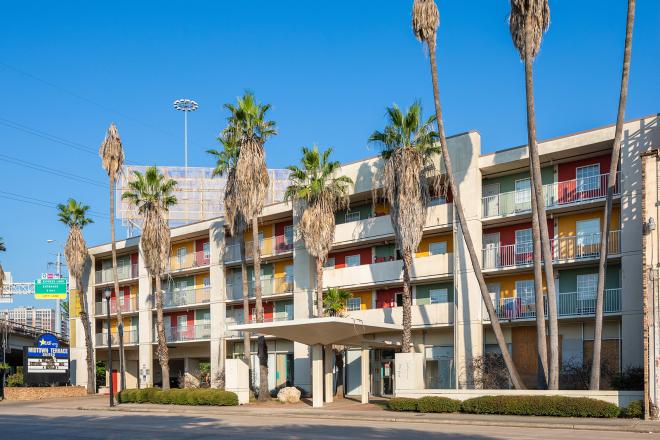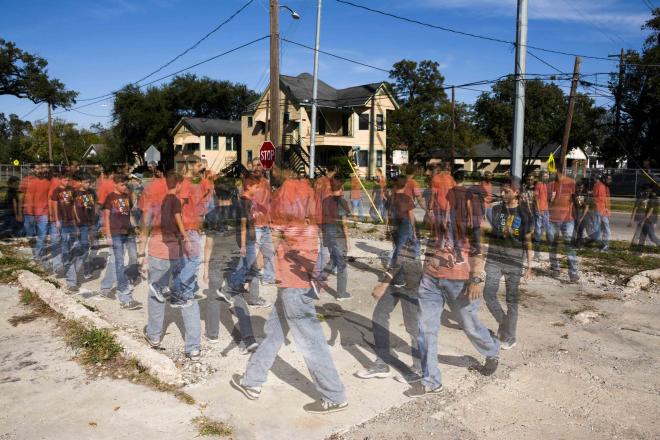According to a FEMA official, about 700 homes along the Bolivar Peninsula will be bought out and the land "returned to nature."
"People will be relocated," said Nitja McGrane, community education and outreach coordinator for FEMA's Region VI mitigation division. She did not offer any further details or timeline for the buyouts.
McGrane joined Cumaraswamy Vipulanandan, Ph.D., director of the Texas Hurricane Center for Innovative Technology at the University of Houston, at the final of three civic forum talks sponsored by the Rice Design Alliance. The series focused on Hurricane Ike and its aftermath.
The event, held Aug. 26 and called Best Management Practice, Post Hurricane Ike, highlighted some of the work being done in understanding lessons that can be drawn out of Hurricane Ike.
McGrane said about 170 reservists in her department fanned out across the area to learn how buildings fared in the storm and help guide the recovery process in rebuilding communities "safer, stronger, and smarter."
"Our mission is to go into the field and work with survivors of disasters," she said. "When we get there sometimes they have lost everything."
The study included forensic engineering analysis with an eye toward construction codes and standards.
Her team produced a more than 400-page report that can be ordered here and offered 46 specific recommendations that addressed residential and critical infrastructure facilities and suggested areas of further study. Some of the recommendations found in the report included allowing 3 feet of freeboard until new flood maps are available and the removal of aggregate from roofs in downtown Houston.
McGrane said that FEMA was "being thrust into being first responders since Katrina," a role the organization was still trying to get accustomed to.
The next and final speaker for the evening, Vipulanandan, said that months later he was still sorting through the data collected on Ike. He said it was important to cull as much new information from the storm because the Gulf Coast Region, home to millions of residents, would likely face the same threats again and relatively soon. "Thirty percent of our population in Texas will be threatened every six months," he said, whether that threat materialized into an actual storm or remained simply the possibility of another destructive hurricane.
"We need to be planning as quickly as possible," he said. The Texas Hurricane Center sent out a survey to area residents and has received about 550 responses. His team collected data from 13 counties and 145 zip codes and found that 26% of people evacuated and more than 65% were prepared with food, water, and gas.
The group's data could be found here. Vipulanandan said that among some of the ideas being studied to mitigate the next hurricane was a series of storm surge breakers to protect the coast. "We are doing testing on a table top model."











